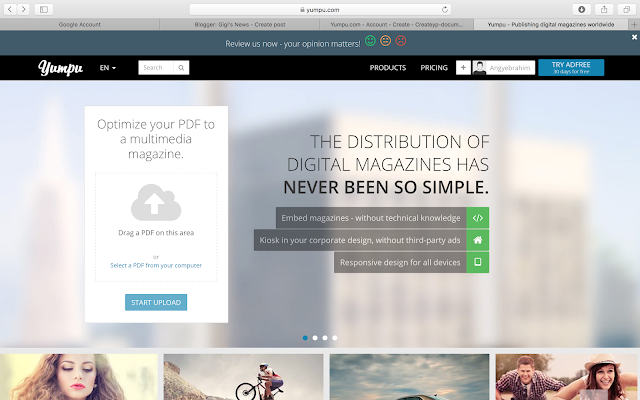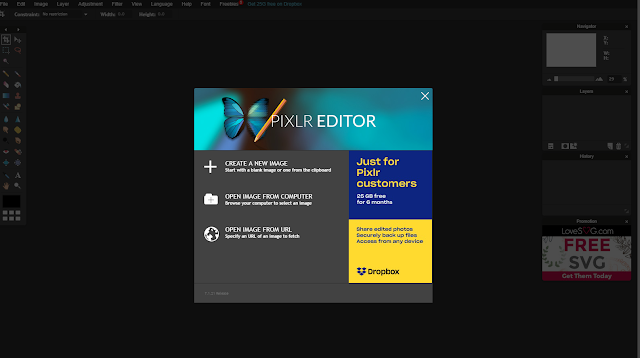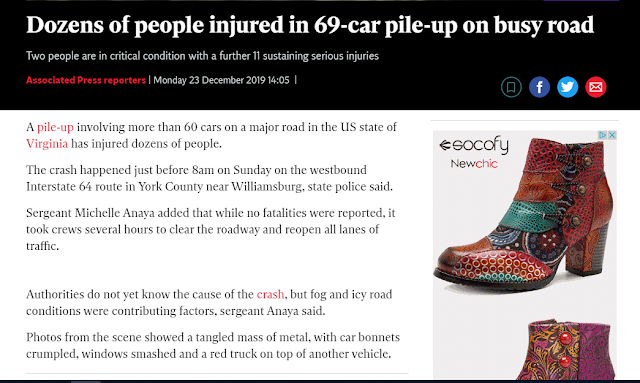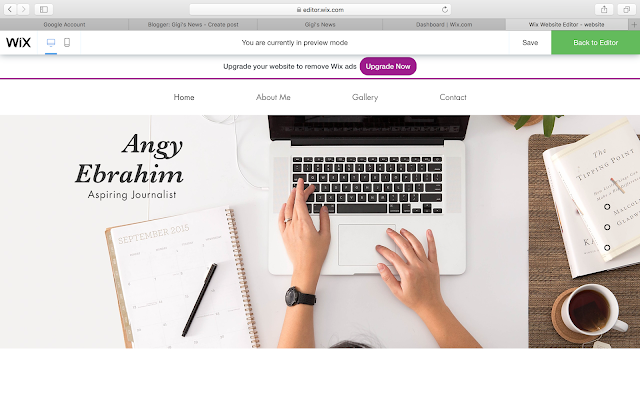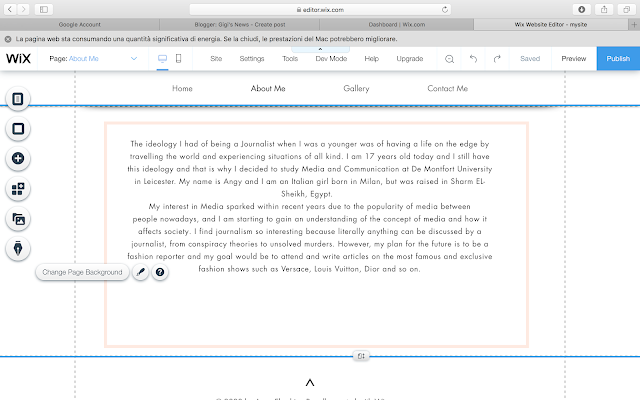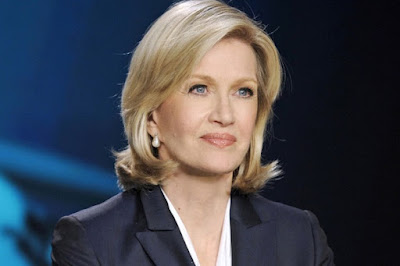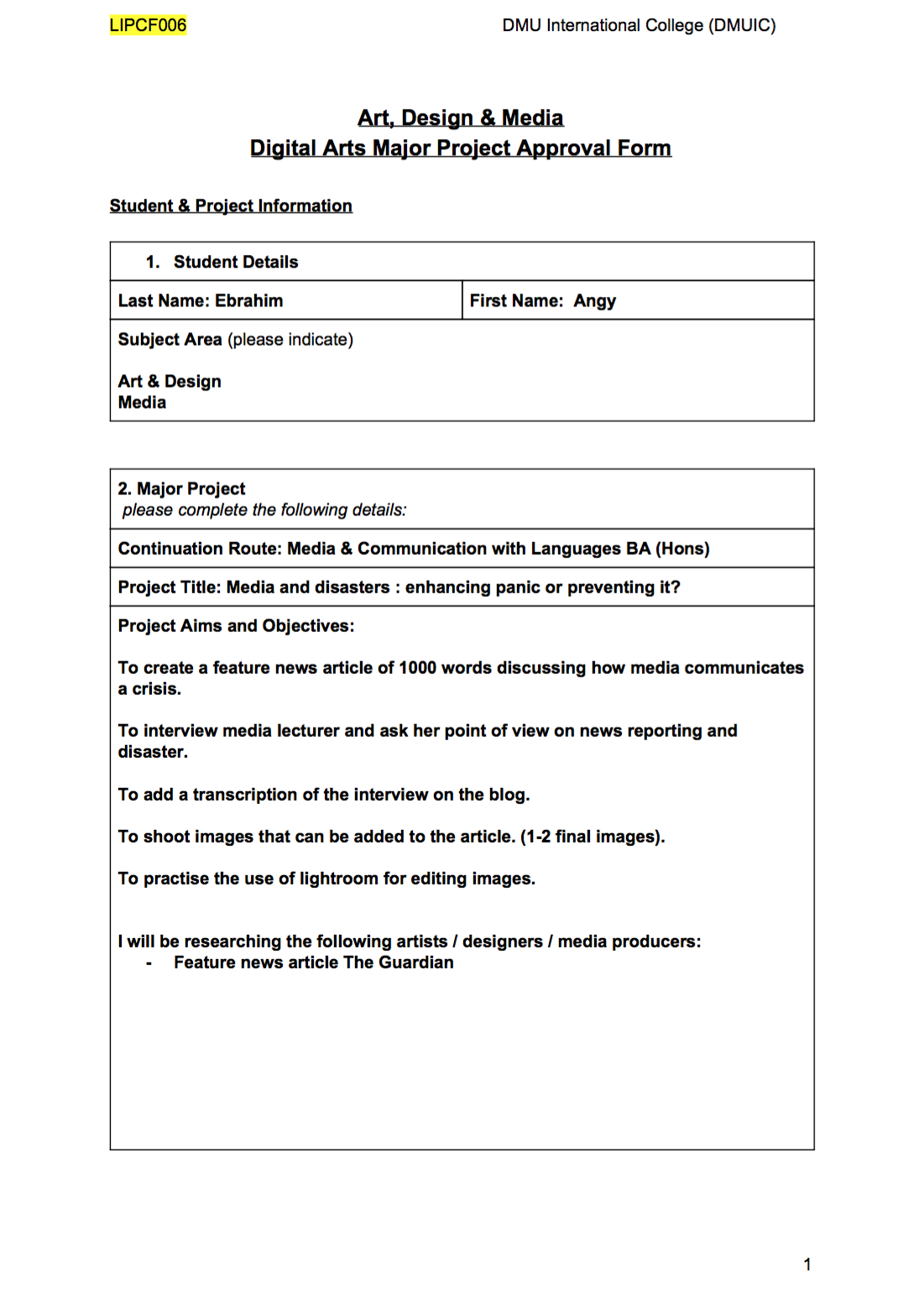Critical Feedback Form
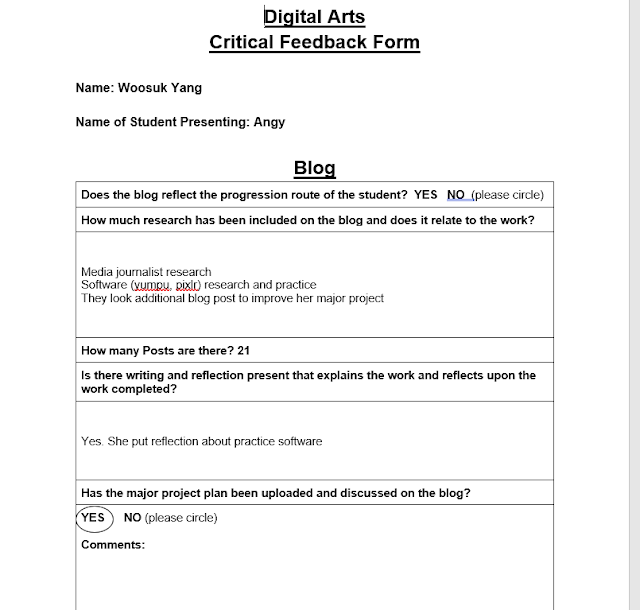
Woosuk and I have filled out a feedback form regarding each others blogs and websites. This is the feedback I have received. I agree on the fact that my blog does not reflect my progression route in terms of layout and I will work on that, however the blog's name includes the word "News" suggesting journalism or media. I did complete research and started working on my article and posted it on my blog. I think Woosuk misunderstood the blog for the website I am missing an introduction for the major project, which I am working on at the moment. The introduction will be displayed in the gallery page above the major project. The website does not look welcoming perhaps because of the lack of the introduction and images, however the website of a journalist should not be as eye-catching as an architecture or photography website. My article will have photographs that I shot and edited.
